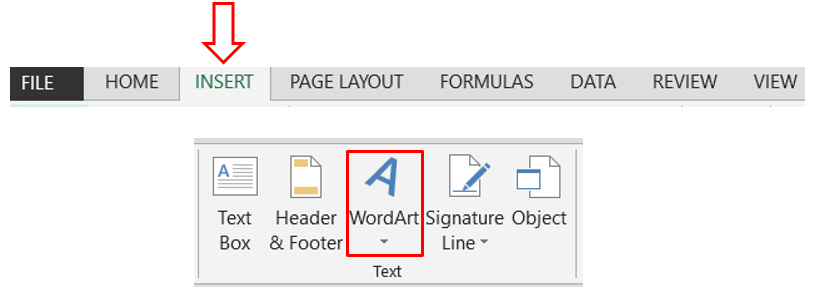Number Filter in Excel
In this blog post we will learn how to apply “Number Filters” in excel. We will see all the sub types of Number Filters in detail with below example. For this we have taken a data of some electronic products sold in East, West, South and North regions from 1st Aug 2019 to 1st Apr 2021 with us.
Number filters can be applied to column which contain number values. So in our case we can apply number filters to column “No of Items Sold”.
We can now filter the data present in this column based on below criteria’s:
Equal
Does Not Equal
Greater Than
Greater Than Or Equal To
Less Than
Less Than Or Equal To
Between
Top 10
Above Average
Below Average
Custom Filter
Now, we will explain each of these criteria in detail with real time examples:
Equals:
This will help us to filter the data which is exactly equals to the input number. If we want to filter the data which has “No of Items Sold” are exactly equal to 237 then we will write “equals” to criteria as 327 as shown in below image.
Does Not Equal:
This will help us to filter the data which does not exactly equals to the input number. If we want to filter the data which does not have “No of Items Sold” equal to 237 then we will write “Does Not Equal” criteria as 327 as shown in below image.
Greater Than:
This will help us to filter the data which is greater than input number. If we want to filter the data for which “No of Items Sold” are greater than 327 then we will enter “Greater Than” criteria as 327 as shown in below image.
Greater Than or Equal To:
This will help us to filter the data which is greater or equal to input number. If we want to filter the data for which “No of Items Sold” are equal to or greater than 327 then we will enter “Greater Than or Equal to” criteria as 327 as shown in below image.
Once we click on “OK” button we will the data which has “No of Items Sold” values greater than or equal to 327 are filtered out and all other rows will get hidden.
Less Than:
This will help us to filter the data which is less than input number. If we want to filter the data for which “No of Items Sold” are less than 327 then we will enter “Less Than” criteria as 327 as shown in below image.
Once we click on “OK” button we will the data which has “No of Items Sold” values less than 327 are filtered out and all other rows will get hidden.
Less Than Or Equal To:
This will help us to filter the data which is less or equal to input number. If we want to filter the data for which “No of Items Sold” are Less Than or Equal to 327 then we will enter “Less Than or Equal to” criteria as 327 as shown in below image.
Once we click on “OK” button we will see the data which has “No of Items Sold” values Less Than Or Equal To 327 are filtered out and all other rows will get hidden.
Between:
This will help us to filter the data which is between the two input numbers. If we want to filter the data for which “No of Items Sold” values are between 100 and 400 then we will enter criteria as shown in below image.
Top 10:
This will help us to filter the Top 10 numbers from all the numbers from selected column. If we want to filter the top 10 values for “No of Items Sold” then we will enter Top 10 criteria as shown in below image.
Once we click on “OK” button, we will see top 10 values for “No of Items Sold” are filtered out and all other rows will get hidden.
Above Average:
This will help us to filter the numbers which are greater than the average of all the numbers from selected column. Just click on “Above Average” criterial as shown in below image.
This will immediately filter out the values which are greater than average of all the values in “No of Items Sold” column as shown in below image.
Below Average:
This will help us to filter the numbers which are less than the average of all the numbers from selected column. Just click on “Below Average” criteria as shown in below image.
This will immediately filter out the values which are less than average of all the values in “No of Items Sold” column as shown in below image.
Custom Filter:
This will help us to filter the data based on custom criteria. If we want to filter the data for which “No of Items Sold” values are equal to 327 or these values are greater than 400 then we have to use custom filter as we cannot apply any of the above mentioned criteria.































Comments
Post a Comment